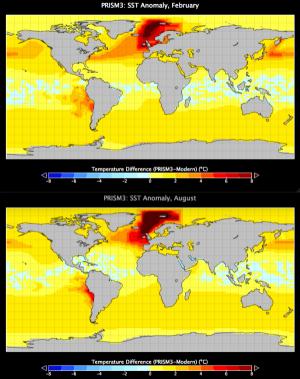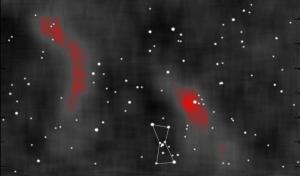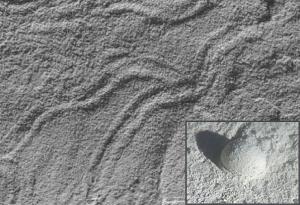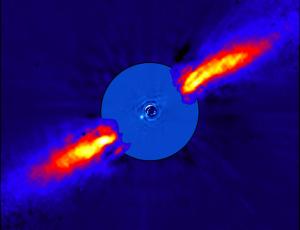The first comprehensive reconstruction of an extreme warm period shows the sensitivity of the climate system to changes in carbon dioxide (CO2) levels as well as the strong influence of ocean temperatures, heat transport from equatorial regions, and greenhouse gases on Earth's temperature.
New data allow for more accurate predictions of future climate and improved understanding of today's warming. Past warm periods provide real data on climate change and are natural laboratories for understanding the global climate system.

© United States Geological SurveyPliocene vs. modern sea surface temperature anomaly.
Scientists examined fossils from 3.3 to 3.0 million years ago, known as the mid-Pliocene warm period. Research was conducted by the Pliocene Research, Interpretation and Synoptic Mapping (PRISM) group, led by the U.S. Geological Survey.
"PRISM's research provides objective, unbiased data for climate modelers to better understand the environment in which we live and for decision makers to make informed adaptation and mitigation strategies that yield the greatest benefits to society and the environment," said Senior Advisor to USGS Global Change Programs Thomas Armstrong. "This is the most comprehensive global reconstruction for any warm period and emphasizes the importance of examining the past state of Earth's climate system to understand the future."




